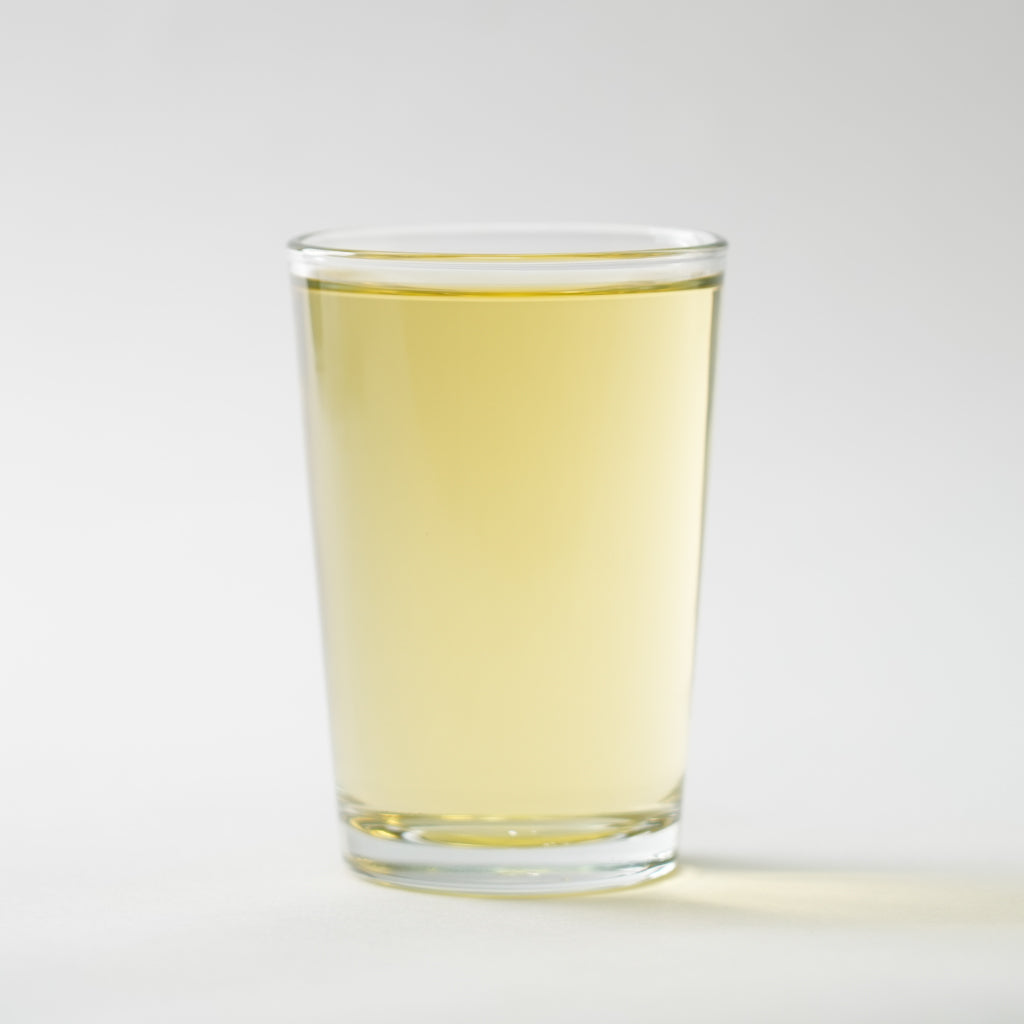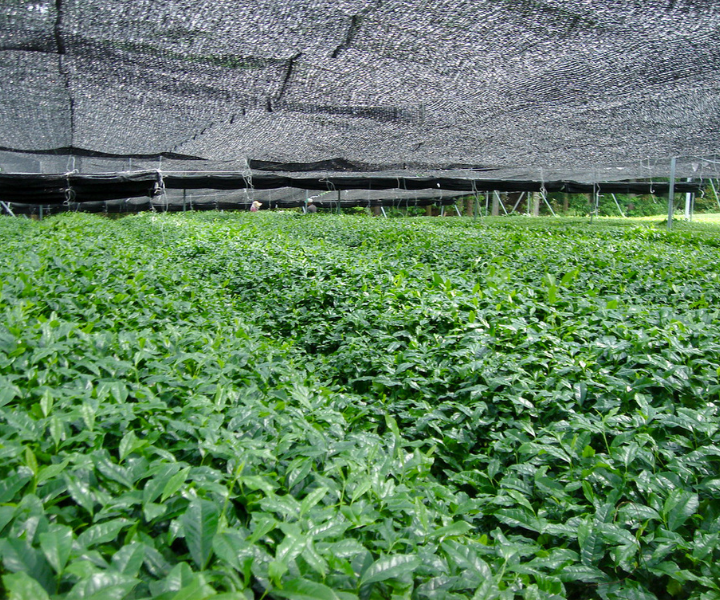
Delicious ways to enjoy Japanese tea

Tea is the most popular drink in the world. Each region, culture, and tradition has its own way of drinking and enjoying tea. Sencha (Japanese green tea) is the most widely produced type of tea in Japan.
Here is an introduction to the necessary tea equipment to enjoy Sencha.
Sencha requires a bit of skill to brew. Of course, it’s good to drink it casually without any complications. However, just knowing a few brewing techniques will add fun and depth to your enjoyment, and enrich your time enjoying tea!
So, what kind of tea equipment is available in Japan?
When you think of typical Japanese tea equipment, you probably think of Matcha tea bowls, but this time, let’s take a look at the more familiar Sencha tea equipment and how to brew it.
KYUSU (Japanese teapot) is the most recommended tool for the delicious taste of Sencha. Simply, a KYUSU is all you needed. You don’t need anything else. You have a cup, right? A mug, a teacup, anything is fine. However, it is recommended that the inside of the cup be white if possible. You can see the green color beautifully when it is brewed.
It is not recommended to use freshly boiled hot water. It will produce a lot of astringency, cloudy tea brewing liquid, and reduce the aroma of Sencha that you want to enjoy.
Tea can be enjoyed not only for its taste but also for its aroma and appearance. To get the most out of Sencha, pay careful attention to the temperature of the hot water and even the brewing time to enjoy the best flavor of Sencha.
The recommended temperature range is about 80 degrees Celsius. If it is difficult to make 80-degree Celsius, first fill a ceramic cup such as a mug with freshly boiled 100-degree Celsius hot water. Then wait for 10 seconds. This will lower the temperature by about 10 degrees. Then, pour the water into another ceramic cup and wait for 10 seconds again, and the temperature will drop another 10 degrees. The water is now 80 degrees Celsius. In about 30 seconds, the 100 degree water will drop to 80 degrees easily.
It is said that the right amount of tea leaves is about 3g of tea leaves to 90㎖ of hot water. In general, this is fine. There are also different types of Sencha, such as deep-steamed Sencha and light-steamed Sencha. It is recommended to use a higher temperature for deep-steamed (fukamushi) and a lower temperature for light-steamed (asamushi).
I use a little more tea leaves, about 5 grams at a time, and I drink the same leaves three times. It’s a good idea to adjust the temperature and time of brewing to get the best taste.
Next is the type of water, which you may not be familiar with.
Water contains mainly calcium ions and magnesium ions. The number that expresses the amount of calcium and magnesium dissolved in water is called “hardness”. Water with high calcium and magnesium content is called hard water (硬水). Conversely, water with fewer of those ingredients is called soft water (軟水).
According to the standards of the World Health Organization (WHO), water with a hardness of 0–60mg/1000㎖ or less is called “soft water”, 60–120mg/1000㎖ or less is called “moderately soft water”, 120–180mg/1000㎖ or less is called “hard water”, and 180mg/1000㎖ or more is called “very hard water”.
The hardness of water differs depending on the region. Japan has soft water. The United States is a large country, so the hardness of the water differs in each area and state.
New York, San Francisco, and Houston are areas with soft water, just like Japan. In Europe, there are many hard water areas.
The type of water recommended for brewing Sencha is soft water (軟水).
The first type of bottled mineral water recommended for Sencha is natural water from Japan. However, I think this is too expensive for overseas.
Among the mineral waters that you can generally find in supermarkets, I recommend Volvic. It goes well with Sencha and makes a delicious brew.
What I do not recommend for brewing Sencha is evian. This mineral water is very high in calcium and magnesium. It will be good for your health.
Sencha tea also has a disinfecting effect, so when I was a child I was often told to gargle with tea. It makes a very astringent tea. It seems to wash out the inside of your mouth. If you are worried about bad breath, gargling with Sencha seems to be a good idea.
If you know the right amount of tea leaves, temperature range, and even the type of water, all you need to know is the brewing time.
In general, the proper brewing time for commercially available Sencha is about 80 to 100 seconds.
For special teas, such as GYOKURO or hand-made tea (TEMOMICHA), the brewing time may vary.
I am sure you will now be able to drink delicious Sencha.
One last point of advice is how to pour the tea.
Make sure you pour every last drop. The last drop is called the golden drip.
The most flavor of the tea is contained in the last drop. Please try this to enjoy your tea without any leaks.


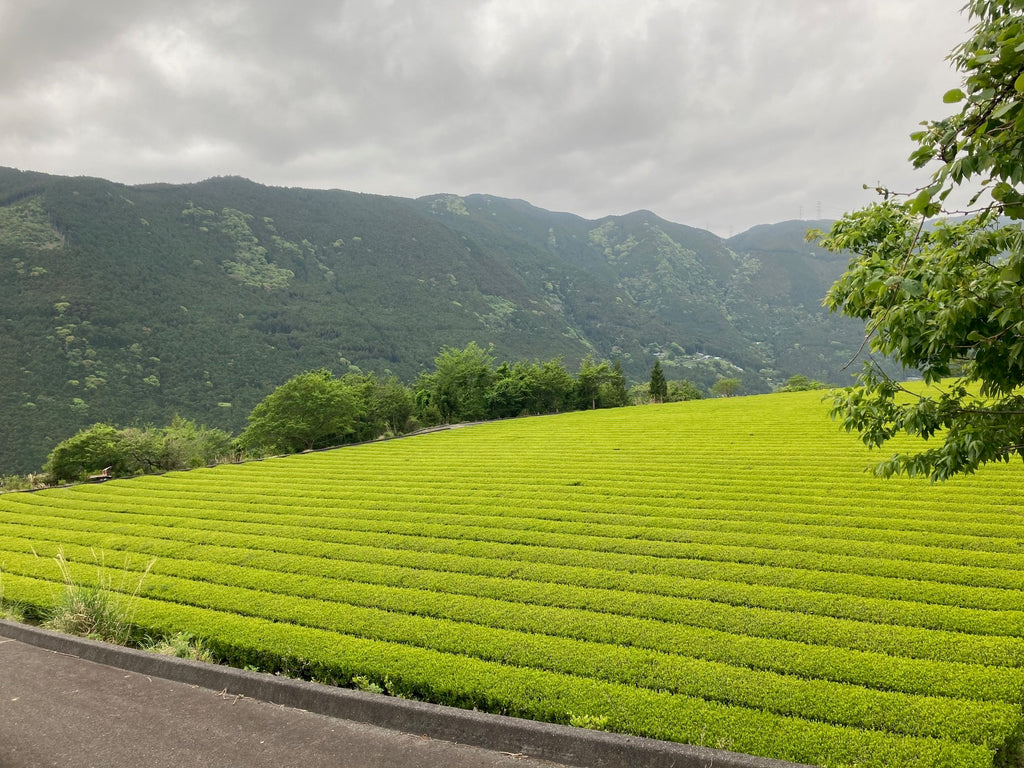
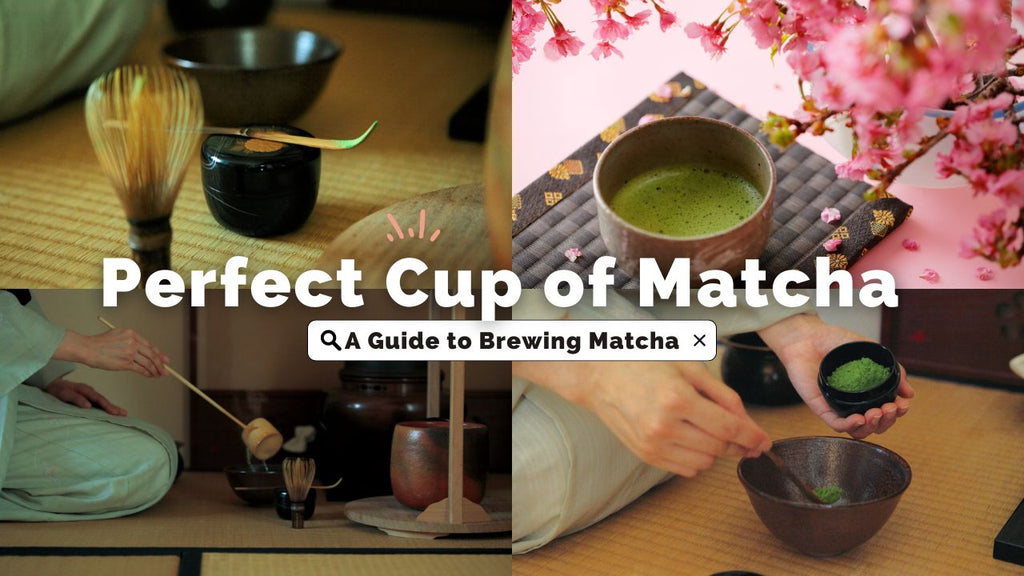
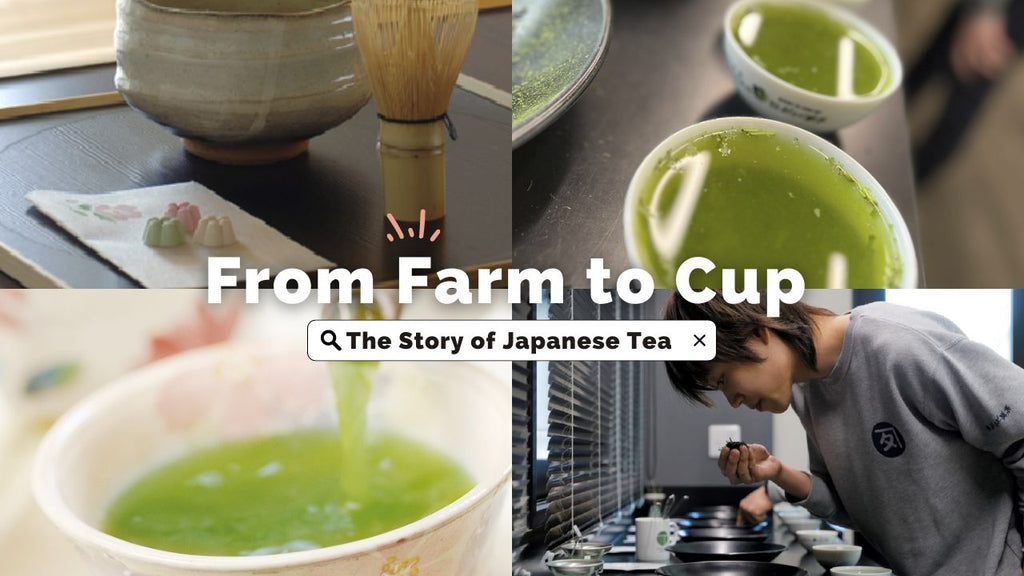
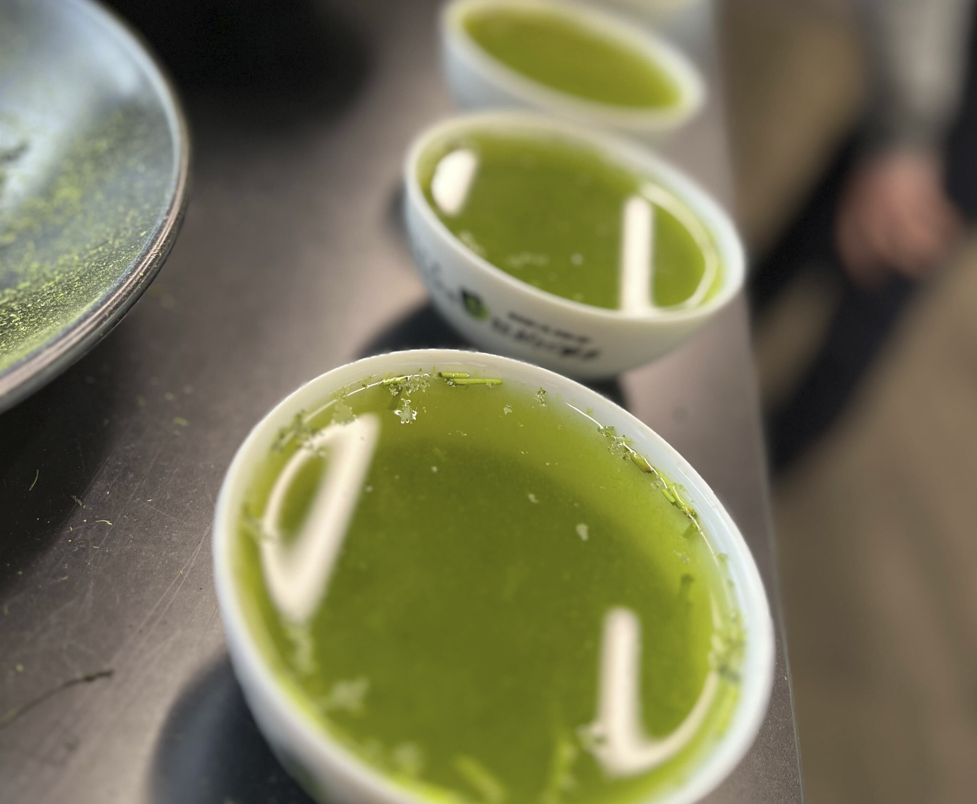

![[OT-10] MATCHA KOSHUN (20g/0.7oz)](http://osadateajapan.com/cdn/shop/products/OT-10-1-_1.jpg?v=1673502690)
![[OT-04] MATCHA NONO (20g/0.7oz)](http://osadateajapan.com/cdn/shop/products/OT-04-1-_1.jpg?v=1673502659)
![[OT-11] MATCHA OKUMIDORI (20g/0.7oz)](http://osadateajapan.com/cdn/shop/products/OT-11-1-_1.jpg?v=1673502695)
![[OT-09] MATCHA SAEAKARI (20g/0.7oz)](http://osadateajapan.com/cdn/shop/products/OT-09-1-_1.jpg?v=1673502685)
![[OT-01] MATCHA SAMIDORI TEZUMI (20g/0.7oz)](http://osadateajapan.com/cdn/shop/products/OT-01-1-c6043315-f32d-4781-9b40-c902247ddea9-_1.jpg?v=1673502644)
![[OT-02] ORGANIC NISHI MATCHA OKUMIDORI (20g/0.7oz)](http://osadateajapan.com/cdn/shop/products/OT-02-1-_1.jpg?v=1673502648)
![[OT-05] ORGANIC NISHI MATCHA TSUYUHIKARI (20g/0.7oz)](http://osadateajapan.com/cdn/shop/products/OT-05-1-_1.jpg?v=1673502663)
![[OT-16] ORGANIC MATCHA HAMANASU (20g/0.7oz)](http://osadateajapan.com/cdn/shop/products/OT-16-1-_1.jpg?v=1673502719)
![[OT-61] ORGANIC BANCHA (30g/1oz)](http://osadateajapan.com/cdn/shop/products/OT-61-1-_1.jpg?v=1673502855)
![[OT-58] ORGANIC GENMAICHA (30g/1oz)](http://osadateajapan.com/cdn/shop/products/OT-58-1-_1.jpg?v=1673502847)
![[OT-34] ORGANIC GYOKURO OKUMIDORI (30g/1oz)](http://osadateajapan.com/cdn/shop/products/OT-34-1-_1.jpg?v=1673502781)
![[OT-33] ORGANIC GYOKURO SAEMIDORI (30g/1oz)](http://osadateajapan.com/cdn/shop/products/OT-33-1-_1.jpg?v=1673502778)
![[OT-56] ORGANIC MATCHA GENMAICHA (30g/1oz)](http://osadateajapan.com/cdn/shop/products/OT-56-1-_1.jpg?v=1673502843)
![[OT-43] ORGANIC OKUMIDORI KABUSECHA (30g/1oz)](http://osadateajapan.com/cdn/shop/products/OT-43-1-_1.jpg?v=1673502808)
![[OT-40] ORGANIC SENCHA AG TSUYUHIKARI (30g/1oz)](http://osadateajapan.com/cdn/shop/products/OT-40-1-_1.jpg?v=1673502801)
![[OT-39] ORGANIC SENCHA HIRAKI ASAMUSHI (30g/1oz)](http://osadateajapan.com/cdn/shop/products/OT-39-1-_1.jpg?v=1673502798)
![[OT-27] ORGANIC OOLONGTEA GOKOU (30g/1oz)](http://osadateajapan.com/cdn/shop/products/OT-27-1-_1.jpg?v=1673502764)
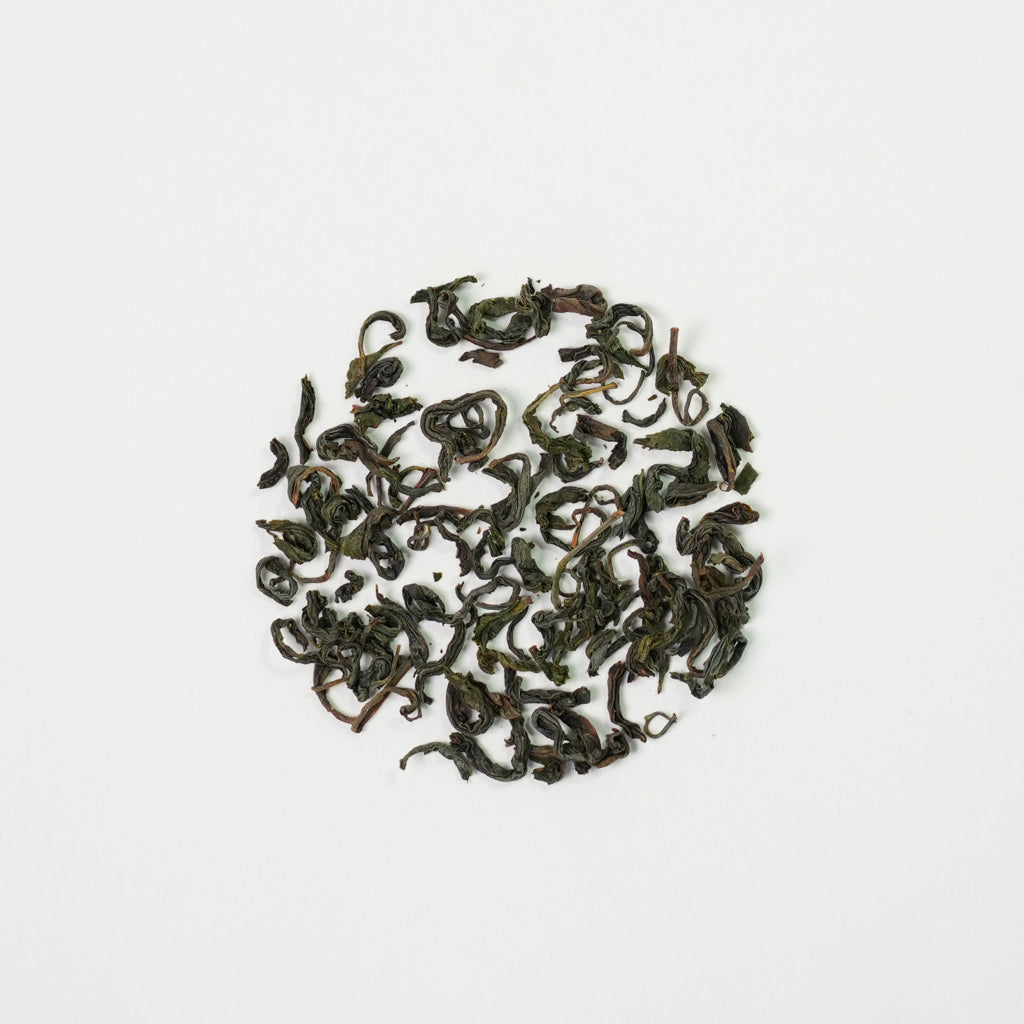
![[OT-28] ORGANIC OOLONGTEA KURASAWA (30g/1oz)](http://osadateajapan.com/cdn/shop/products/OT-28-1-1-_1.jpg?v=1673502766)
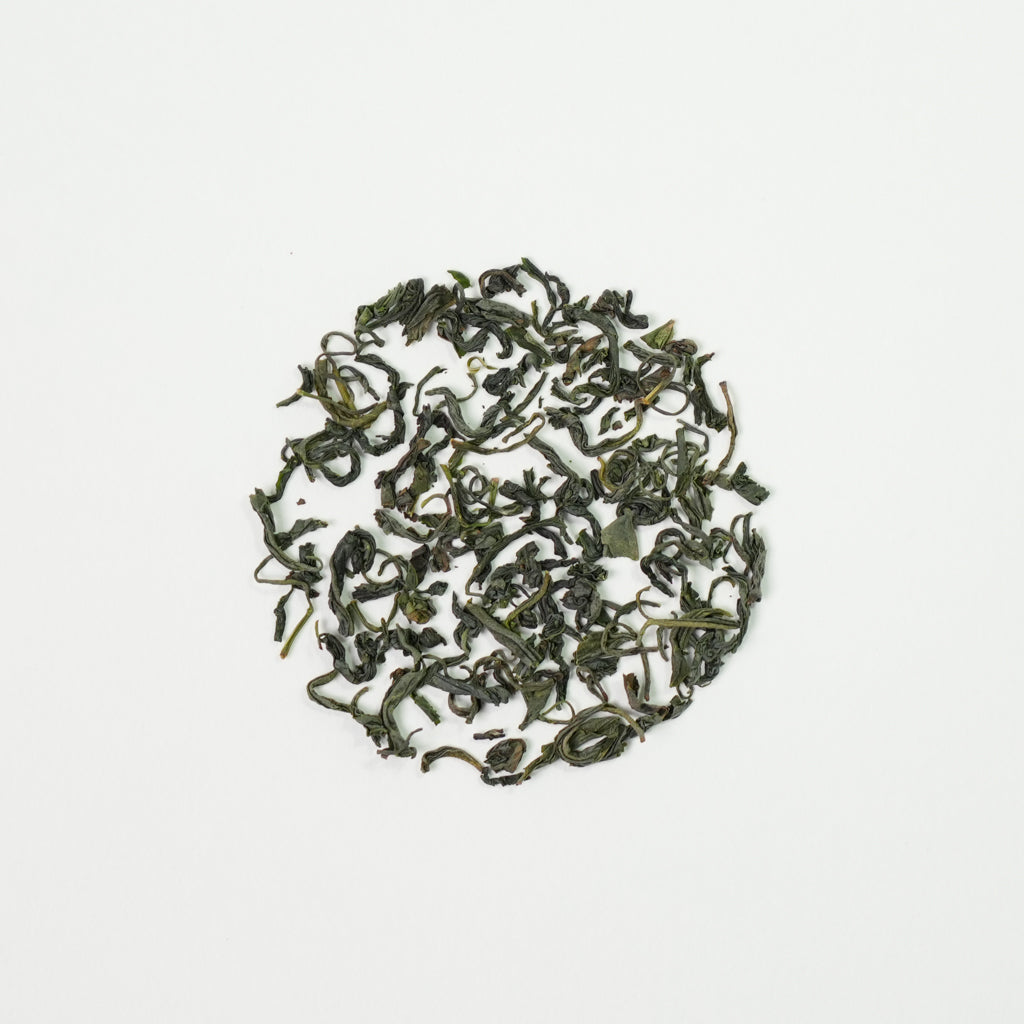
![[OT-31] ORGANIC OOLONGTEA SURUGAWASE SF (30g/1oz)](http://osadateajapan.com/cdn/shop/products/OT-31-1-_1.jpg?v=1673502772)
![[OT-26] ORGANIC OOLONGTEA TSUYUHIKARI (30g/1oz)](http://osadateajapan.com/cdn/shop/products/OT-26-1-_1.jpg?v=1673502762)
![[OT-29] ORGANIC OOLONGTEA ZAIRAI FF (30g/1oz)](http://osadateajapan.com/cdn/shop/products/OT-29-1-_1.jpg?v=1673502768)
![[OT-30] ORGANIC OOLONGTEA ZAIRAI SF (30g/1oz)](http://osadateajapan.com/cdn/shop/products/OT-30-1-_1.jpg?v=1673502770)
![[OT-04] MATCHA NONO (20g/0.7oz)](http://osadateajapan.com/cdn/shop/products/OT-04-5.jpg?v=1671249709)
![[OT-01] MATCHA SAMIDORI TEZUMI (20g/0.7oz)](http://osadateajapan.com/cdn/shop/products/OT-01-5_504055a4-6c55-440d-af84-58b806fd5bf5.jpg?v=1671136783)
![[OT-32] ORGANIC BLACKTEA BENIFUUKI (30g/1oz)](http://osadateajapan.com/cdn/shop/products/OT-32-1-_1.jpg?v=1673502774)
![[OT-32] ORGANIC BLACKTEA BENIFUUKI (30g/1oz)](http://osadateajapan.com/cdn/shop/products/OT-32-5.jpg?v=1671250277)
![[OT-50] ORGANIC KAMAIRICHA FF (30g/1oz)](http://osadateajapan.com/cdn/shop/products/OT-50-1-_1.jpg?v=1673502826)
![[OT-50] ORGANIC KAMAIRICHA FF (30g/1oz)](http://osadateajapan.com/cdn/shop/products/OT-50-5.jpg?v=1671250984)
![[OT-14] ORGANIC MATCHA KAKITSUBATA (20g/0.7oz)](http://osadateajapan.com/cdn/shop/products/OT-14-1-_1.jpg?v=1673502708)
![[OT-14] ORGANIC MATCHA KAKITSUBATA (20g/0.7oz)](http://osadateajapan.com/cdn/shop/products/OT-14-5.jpg?v=1671249965)
![[OT-07] ORGANIC MATCHA KOIAI (20g/0.7oz)](http://osadateajapan.com/cdn/shop/products/OT-07-1-_1.jpg?v=1673502675)
![[OT-07] ORGANIC MATCHA KOIAI (20g/0.7oz)](http://osadateajapan.com/cdn/shop/products/OT-07-5.jpg?v=1671249758)
![[OT-27] ORGANIC OOLONGTEA GOKOU (30g/1oz)](http://osadateajapan.com/cdn/shop/products/OT-27-5.jpg?v=1671250166)
